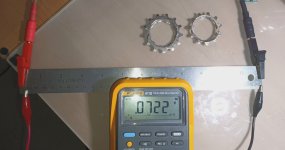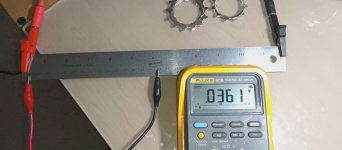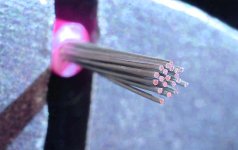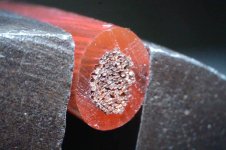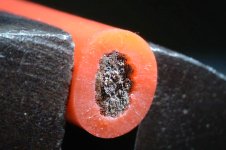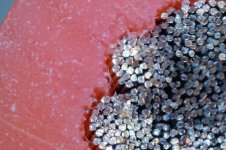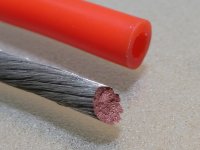amberwolf said:meter you have.
I can insert this shunt when charging my lipos at 15A or so. That should provide enough current to measure voltage across the shunt wire. I have another shunt lying around that I can place in series for comparison.
Any DC current at all would work--if it can be measured by the shunt you already have, it can be measured by any other shunt of similar resistance. The greater the current the easier it is to measure the voltage drop, but it will have some drop even at small currents (how much depends on it's actual resistance).
BTW, when doing this test, since the current is continuous on your charging setup (at least over the span of long enough to make notations of readings), you can measure the voltage across the wire shunt, and use that voltage and the known current measured at the same time elsewhere in the same current path, to calculate the actual resistance of the wire between your shunt's "signal" wires.
Seems like 15A would be enough for a voltage reading (15mV) on my existing shunt. I could also use a 10ft run of #10 to get a better reading on the wire one, but I think I'll just try the rig as is and see if I detect any voltage and go from there, or wait to see if the OP has better luck.
Also, maybe it has to do with the High vs Low range modes for the shunt in the CA settings. Mine is at the default since my shunt is the default value. I didn't change the mode, but if it should be set to Low, maybe not changing it produces unexpected out of range behavior.


